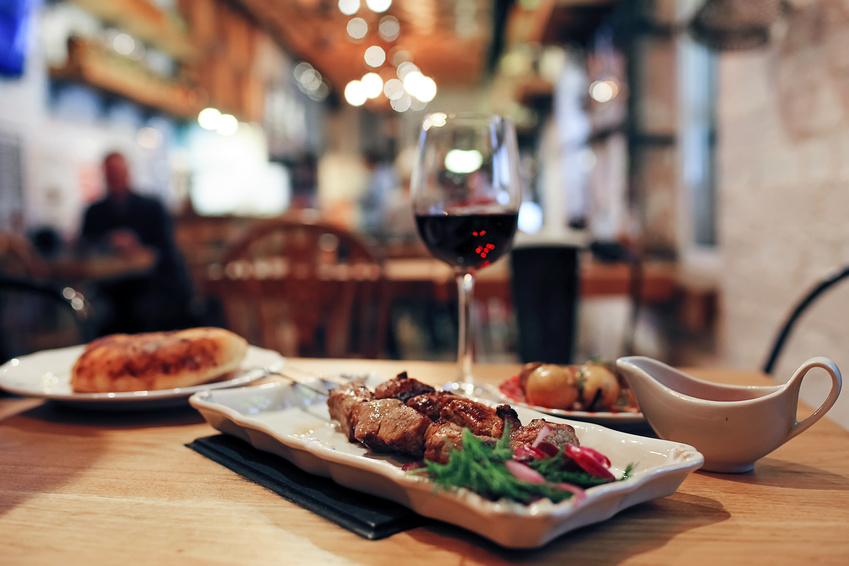
Catering restaurant designs to social media sites like Instagram can be a huge boost to restaurant marketing efforts
What’s the most important question that restaurateurs ask themselves when planning a new restaurant? It isn’t the type of cuisine they will serve, or where they will source their ingredients. According to a statement to Mic.com by Nils Noren, co-founder of Absolute Culinary by Asil, a restaurant and beverage advisory company, the most important question is:
“What’s going to be your Instagram moment?”
The restaurant industry is a $783 billion a year industry, but like all major industries, technology has had a revolutionary effect on it.
Just ask chef Simon Horwitz, who spent months sourcing the perfect tables, light fixtures, and custom-crafted clay plates from all over the world to create the perfect ambiance for his restaurant. Horwitz went even further, not only incorporating a light that would shine down over the plates but specifically choosing a warm yellow light — LED lights emit a different color due to Kelvin temperature, with 2700-2900 Kelvin being ideal for warm yellow lights. Those warm yellow lights are also perfect for Instagram.
Since the founding of the hashtag #food, over 208 million posts have been posted with that tag on Instagram. And for restaurant owners, that thriving foodie culture represents a huge opportunity for free publicity, but only if they can stand out from the pack.
Instagram Marketing Impact for Restaurants
While ambiance and food presentation have long been tenants of fine dining establishments the world over, the potential for free marketing that Instagram offers makes visual beauty even more important for many restaurants.
That’s especially true in states with high labor costs like New York. Since the New York State Legislature pushed through legislation mandating an increase in the minimum wage, both for servers and cooks, many restaurants have been desperate for new ways to cut costs. And free exposure on social media can allow restaurateurs to trim the fat from their marketing budgets.
For the cooks and sous chefs in the kitchen, very little has changed. But for restaurateurs it is now just as important to know about mid-century modernism as the latest trends in the culinary world. According to interior design experts, mid-century modernism first came back into style in the 1990s. For a restaurateur embracing this retro design trend, that means their dishes should feature colorful splashes, clean lines, and a sense of symmetry to the plate.
And, of course, restaurant owners still need to stay on top of the million other details that go along with running a successful restaurant, from food safety regulations (refrigerators and freezers should be set to 40 degrees and 0 degrees Fahrenheit respectively to stop bacteria growth) to staffing costs (chefs, sou chefs, servers, waiters, dishwashers, bartenders, and more).
In short, while social media has created new opportunities for the savvy restaurateur, it’s also created a new type of pressure.
Although some chefs are concerned about flavor becoming less important than the presentation of the food or the design of the dining room, it is still too early to tell what lasting effects Instagram will ultimately have on the restaurant industry.
As for Horwitz, despite the pressure to create an Instagram-friendly restaurant, he remains something of a social media skeptic.
“When a chef serves you a plate, it is supposed to be at a certain temperature, so if you want to take a picture, take it quickly, but enjoy the food,” Horwitz said.



